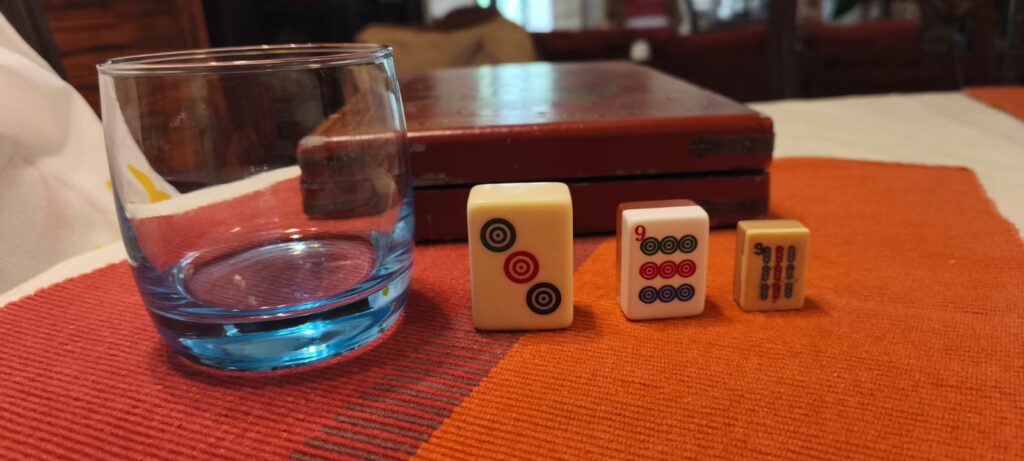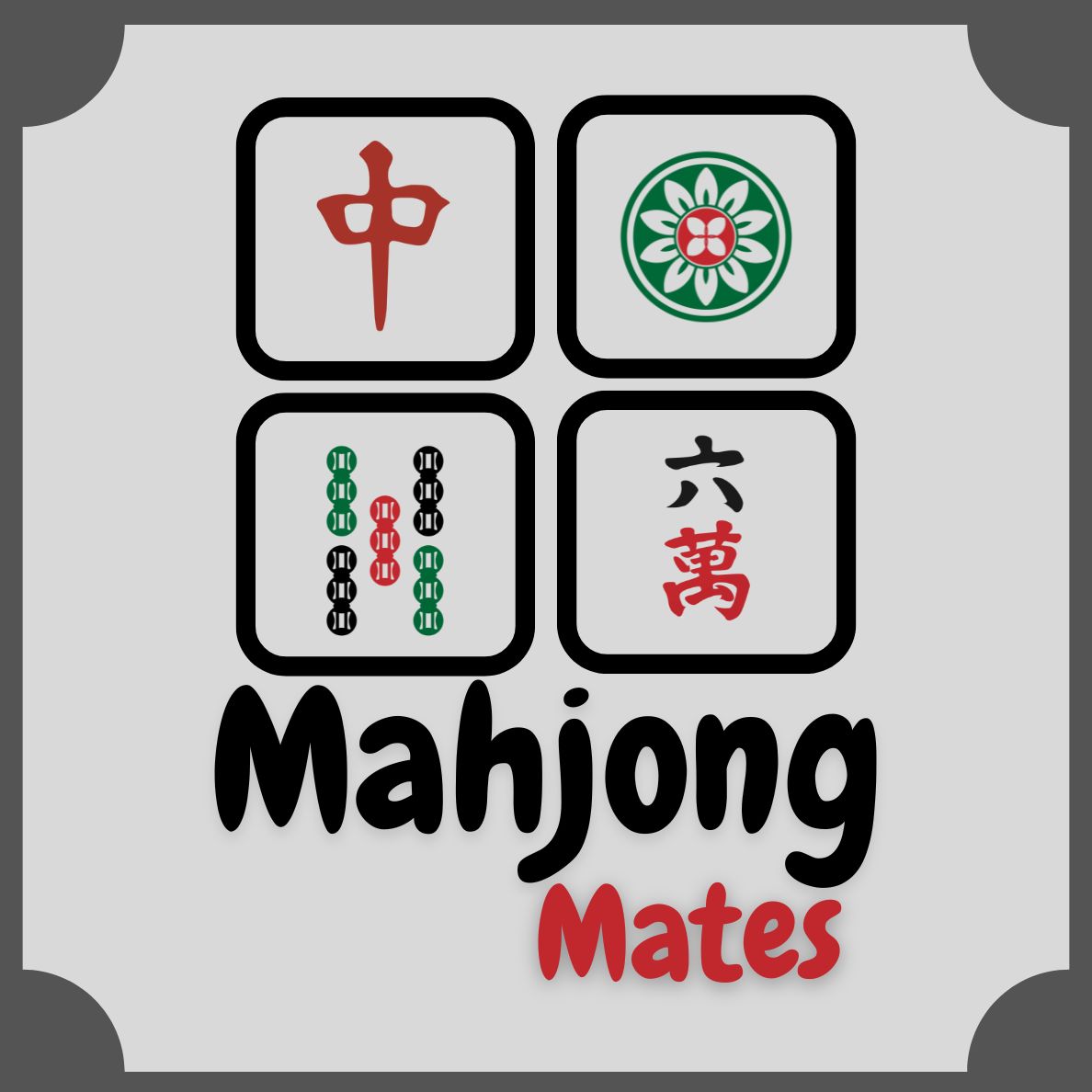So many tiles, so much confusion—until you know what matters

Choosing which mahjong set to buy can feel confusing for beginners. Between different tile counts, materials, and numbering styles, it’s easy to get lost. After playing with several sets over the past year, here’s what I’ve learned and what I wish someone had told me before my first purchase.
1. Decide Which Version You’ll Play
Different versions = different tile counts
| Version | Tiles | Jokers? | Notes |
| Chinese (Classical/Official) | 144 | ❌ None | Standard 144: suits (108) + winds (16) + dragons (12) + flowers/seasons (8). Most authentic. Pure, skill-based with no element of luck with jokers |
| Hong Kong (HK Old style / Modern HK) | 136-144 | ❌ None | TIle count depends on whether flowers/season are used. No jokers. Speed and memory matter more than wildcards |
| American (NMJL) | 152-168 | ✅ 8 Jokers + 4 blanks | Uses racks and a yearly “card” of hands. Completely different play style. The yearly NMJL card dictates which hands can use jokers. Jokers are vital in American mahjong. |
| Singaporean | 148-152 | ✅ 4 Jokers | Apart from the standard tiles, includes 4 animal bonus tiles (cat, mouse, chicken, centipede). |
| Karachi style | 148 | ✅ Optional | Uses 4 blanks as jokers |
| Japanese (Riichi) | 136 | ❌ None | No jokers or flowers/winds. Just suits (108) + winds (16) + dragons (12). Dora indicators mark tile worth bonus points. |
👉 If you’re playing “Karachi style,” a 144-tile set with 2–4 blanks is ideal you can ignore them or turn them into jokers when needed. However, even without the blanks, you can adapt by converting 4 of your flower tiles into blanks, if need be.
2. Arabic Numerals or Not?
- Beginners: Numbers help you match symbols to values, especially for Character tiles.
- Intermediate players: They quickly become unnecessary clutter
- Pro Tip: If you fall in love with a no-number set, buy it anyway! Just mark the Characters lightly with a fine-tip marker or masking tape. By the time it fades, you’ll know your tiles by heart.
3. Tile Size & Feel
| Size Code | Approx Tile Size | Notes |
| A1 | ~36 × 27 × 22 mm (~1.4 × 1.1 × 0.85 in) | Extra-large tiles; thick, heavy, and luxurious. Ideal for 16-tile play or big hands. Great “click-clack” sound. |
| A1 variation | ~35 × 26 × 20 mm (~1.4 × 1.0 × 0.8 in) | Large, heavy tiles with bold engravings. Excellent tactile feel. |
| A2 | ~33 × 25 × 19 mm (~1.3 × 1.0 × 0.75 in) | Standard full-size tiles. The most common size. It feels solid, stands upright easily and balanced for hand feel, and visibility. |
| A3 | ~31 × 23 × 17 mm (~1.2 × 0.9 × 0.7 in) | Slightly smaller and lighter, Fits older-style wooden racks. Easier to shuffle. |
| A4 | ~28 × 21 × 16 mm | Small and portable; fine for quick play but less stable when standing. |
| A5 | ~25 × 19 × 15 mm (~1.0 × 0.8 × 0.6 in) | Very small; mainly for travel or teaching, not serious play. |
4. Other Details to Check
- Carrying Case: Sturdy cases are preferred; avoid flimsy cardboard boxes but if that is what it comes with, find some alternative carrying case
- Racks: Only necessary if your tiles are small or narrow width (so size A3, A4, etc)
- Counters or sticks for scoring: Definitely not a deal breaker
- Dice and Wind Indicator: Small extras but again not a deal breaker
5. Final Advice from Experience
- Don’t chase the fanciest set. Buy one that fits your group’s rules
- Flexibility beats perfection. A 144-tile set can handle most styles
- You will outgrow your first set. Think of it as a learning partner, not a lifelong investment
- Avoid listings that say “American Mahjong with Jokers and Racks” unless that is the style you want to play OR you get such a great deal, that you can remove all the extras and play the Chinese style
However, in the end, knowing which mahjong set to buy matters less than finding people who love to play with you. And if you’re still wondering which set to buy, don’t overthink it, just start playing and make the one you have perfect for you.
